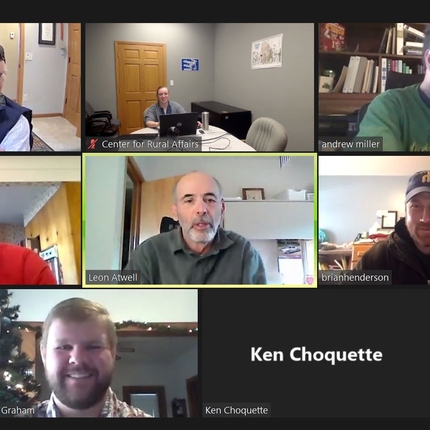Small grain producers were the focus of two roundtable discussions hosted by the Center for Rural Affairs in November. Thanks to funding from a U.S. Department of Agriculture Extension Risk Management Education (ERME) grant, this often underserved sector of the agricultural community was able to gather virtually and share their experiences growing wheat, oats, barley, and rye.
Twelve farmers from Nebraska, Iowa, Minnesota, and Kansas participated in the discussions, representing both conventional and organic operations. Like other producers, these individuals opt to diversify their farms with small grains, citing reasons such as conservation benefits, organic certification requirements, and filling niche markets.
While small grains are raised by thousands of operations across the Midwest and Great Plains, their risk management strategies and considerations differ greatly from commodity crops, such as corn and soybeans. During the discussion, participants were encouraged to share their experiences with crop insurance, as well as other tools they’ve used to back their small grains harvest. They also shared their visions for a sustainable future, considering their value as cover crops and long-term investment in soil health.
“In addition to (more technical strategies), groups like this—knowledgeable farmers and friends—are huge for risk management,” one participant said.
ERME, previously referred to as the Risk Management Education Partnership Program, is designed to help underserved and underinsured producers, such as beginning and socially disadvantaged farmers, understand and mitigate the risk of their farming operations. Other Center projects conducted with support from ERME have helped educate certified organic farmers and producers with diversified operations.
For more information on insuring small grains, click here to download a copy of our report “From Seed to Secured: Crop Insurance for Small Grains."
To view other stories featuring USDA programs, explore our interactive map.





